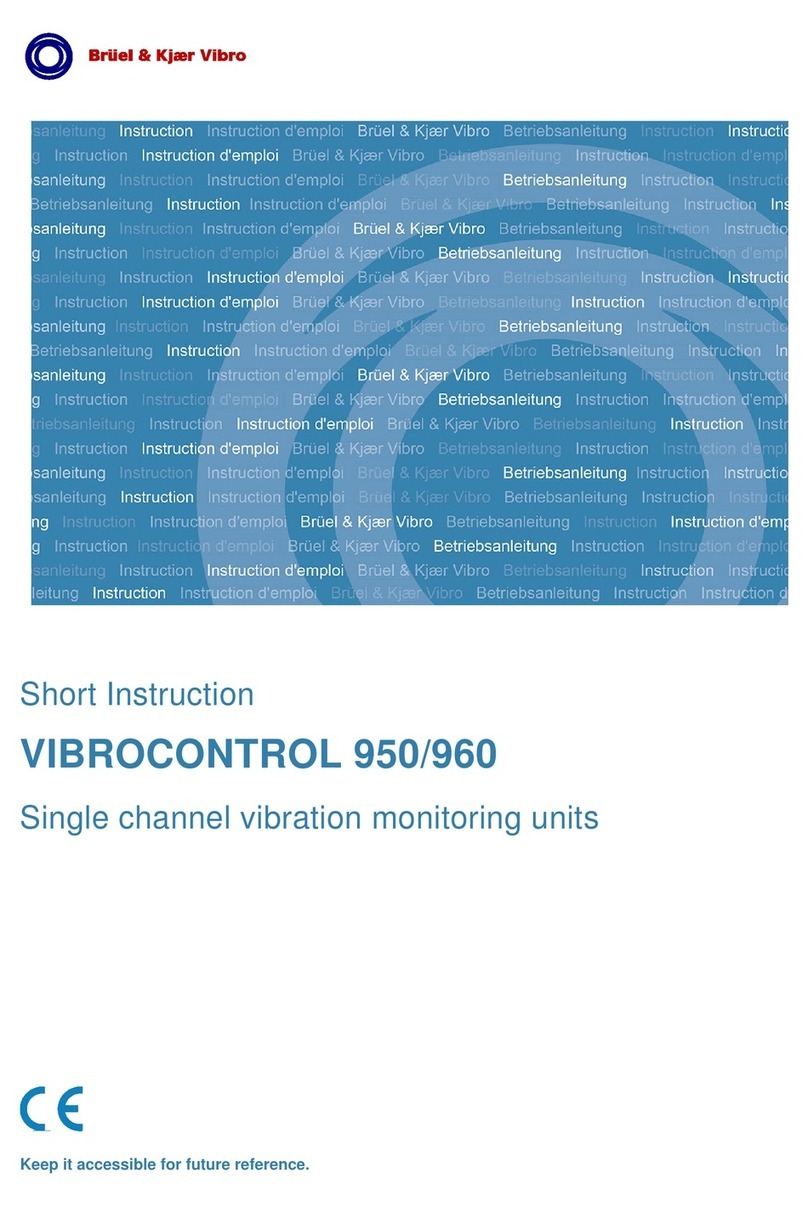Contents
1Safety Instructions ..................................................................................................4
1.1 Disclaimer of Liability...........................................................................................................................4
1.2 Pictograms and their Meanings ..........................................................................................................4
1.3 User Qualification .................................................................................................................................4
1.4 Intended Use .........................................................................................................................................5
1.5 Recommendations to User ..................................................................................................................6
1.6 General Hints.........................................................................................................................................6
2Overview...................................................................................................................7
2.1 Control buttons.....................................................................................................................................7
2.2 Protective boot......................................................................................................................................7
2.3 Batteries.................................................................................................................................................8
2.4 Docking Cradle......................................................................................................................................8
2.5 Service ...................................................................................................................................................8
3Operation..................................................................................................................9
3.1 Basic Operation ....................................................................................................................................9
3.2 Menu navigation..................................................................................................................................10
3.3 Fitting the sensor................................................................................................................................13
3.4 Taking a reading .................................................................................................................................14
3.4.1 Vibration readings ................................................................................................................................................15
3.4.2 Vibration Analysis (Vibration bands).....................................................................................................................17
3.4.3 Frequency spectrum.............................................................................................................................................19
3.4.4 Live Update Mode................................................................................................................................................19
3.5 Configuration menus..........................................................................................................................20
3.5.1 Setup Wizard........................................................................................................................................................20
3.5.2 Manual Setup.......................................................................................................................................................22
3.5.3 Device Settings ....................................................................................................................................................23
4Route Management................................................................................................ 25
5ReO Software.........................................................................................................26
6Optional accessories.............................................................................................27
6.1 AC-7315 Strobe attachment...............................................................................................................27
6.2 Third party Bluetooth headphones...................................................................................................28
6.3 BNC to BNC connecting cable ..........................................................................................................28
7Specification ..........................................................................................................29
8Maintenance...........................................................................................................30
9Disposal..................................................................................................................30
10 CE-Declaration....................................................................................................... 31





























